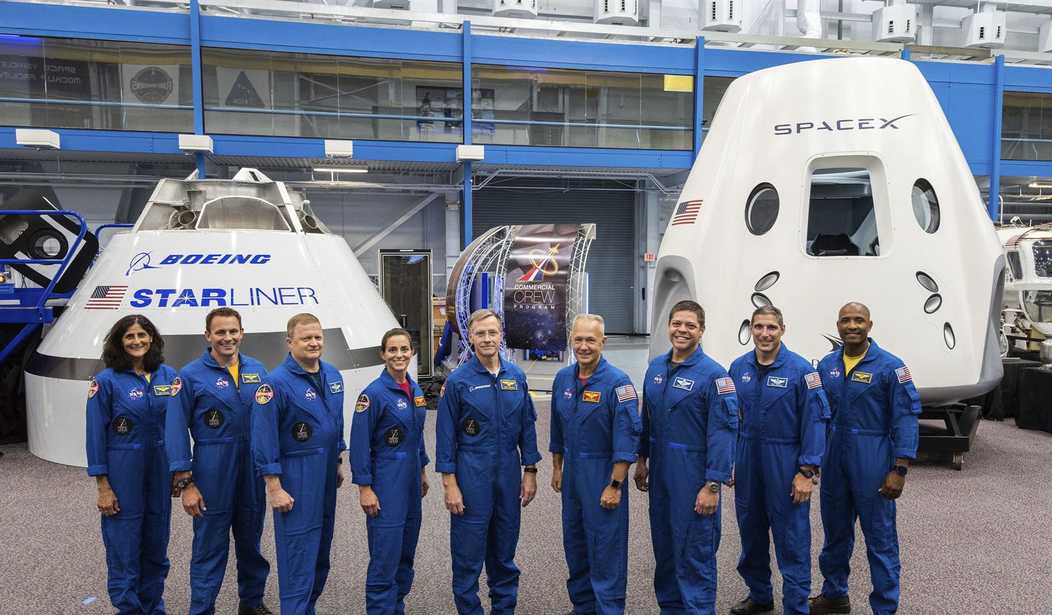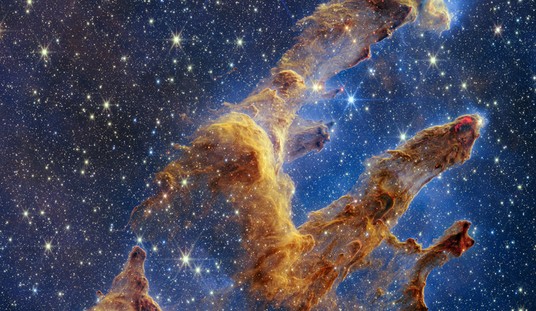When NASA needed a new manned space capsule to ferry crews to and from the International Space Station (ISS), it seemed like a good idea to go with two contractors to build two different spacecraft. Competition is good and, when it comes to manned space flight, so is redundancy.
Following a competitive selection process involving several vendors, in 2014 NASA awarded a $2.6 billion contract to Elon Musk's SpaceX to develop a crewed version of the company's Dragon 2 cargo vessel. Crew Dragon's first manned test flight was in 2020. Since then, it has flown 11 more manned missions into orbit, including six (IIRC) to ISS. Along the way, it has set several records including the first all-civilian orbital flight and the longest spaceflight by a U.S. crew.
The other contractor was awarded $4.2 billion to develop an all-new crewed vehicle, but the problem turned out to be that the other contractor was Boeing. Four years after Crew Dragon's first manned test flight, Boeing's Starliner has yet to complete even one, and today's news might mean yet another delay.
Starliner's first unmanned test flight took place in 2019 when a software glitch — caused by Beoing's siloed engineering teams not testing together — caused it to burn off too much fuel, and its planned ISS docking had to be aborted. So Boeing decided to fly, at the company's expense, a second uncrewed test flight.
After more than a year's worth of delays, including a 2021 launchpad revelation of issues with corrosion in 13 propulsion-system valves, (OFT-2) finally flew in 2022. While it successfully docked with ISS, the heat shield burned away in unexpected ways on reentry.
Following two launch delays last week, Boeing's Starliner spacecraft is undergoing yet more "troubleshooting" as ground crews race to get the ship ready for its next attempted launch on May 21. Ars Technica reported on Tuesday that Boeing "is taking a few extra days" to nail down a small helium leak on a "flange on a single reaction control system thruster on the spacecraft's service module."
The leaky engine thruster is just one of 28 used for minor course corrections in orbital flight, but hitting the May 21 launch date will require that "engineers can get comfortable" with the leak — whatever that means, exactly.
Last week's delays were due to minor(ish) issues with the Atlas launch rocket. Atlas, however, is a proven vehicle with a lineage tracing back to 1957, and these delays do sometimes happen. But it's beyond concerning that this Starliner still shows new issues even after all the pampering she's been given over the last few years.
Starliner's first manned test flight was supposed to launch in 2017 and is currently more than $1.4 billion over budget. I assume that, like Boeing's SLS Frankenrocket, Starliner will someday fly manned missions. But with these delays and at this expense, you have to wonder just how short its planned service life will be cut.
Recommended: New York Mayor Adams Has the Perfect Job for Illegal Aliens (Except It's So Cringe)
P.S. Help PJ Media keep the mainstream media indefinitely grounded by becoming one of our VIP or VIP Gold supporters. You need independent news and analysis, and we need to keep the lights on. You can join here, and don't forget our massive 50% off SAVEAMERICA promo code.









Join the conversation as a VIP Member